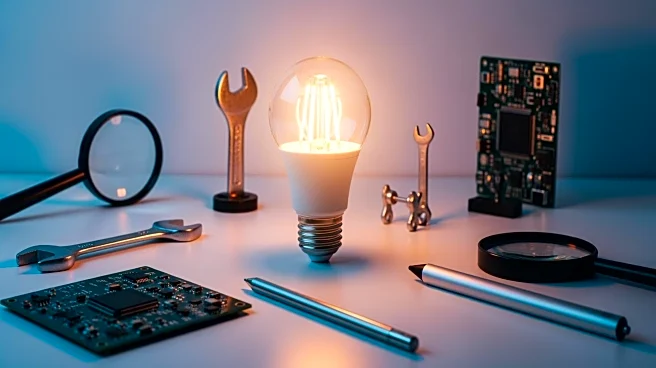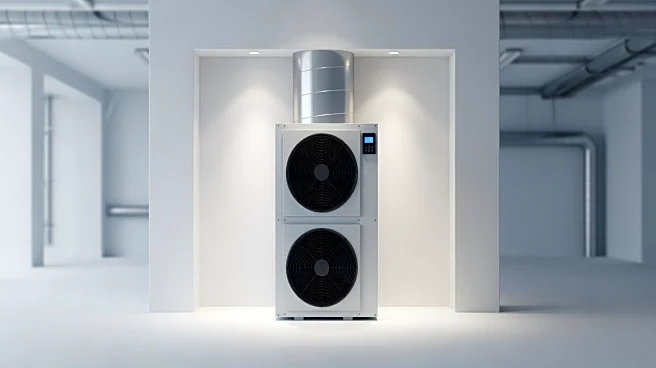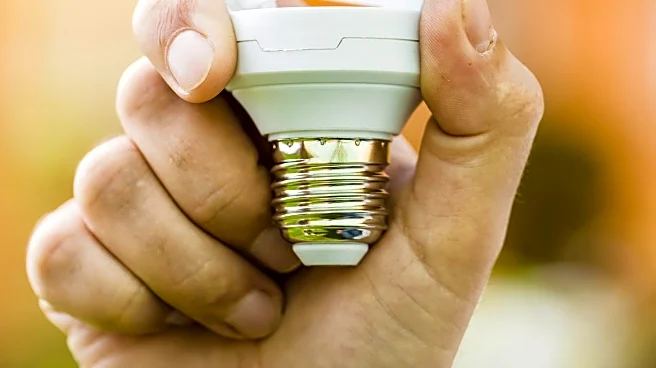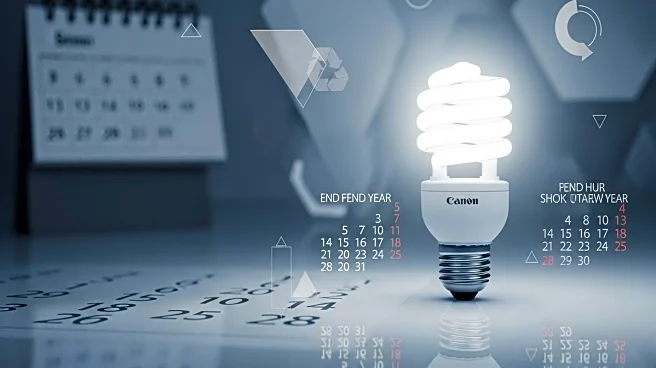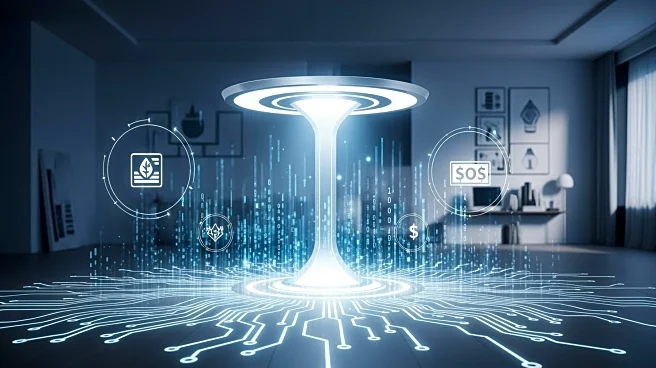What's Happening?
LED bulbs are widely marketed as energy-efficient and long-lasting, promising savings on energy bills and environmental benefits. However, many consumers experience premature failures, with bulbs flickering
and burning out in less than a year. Experts have identified several reasons for these issues, including misleading lifespan ratings, overheating of LED drivers, and poor electrical conditions. LED bulbs contain delicate circuit components that are vulnerable to heat and electrical fluctuations, which can lead to early burnout. Additionally, factors such as high humidity, old dimmer switches, and poor installation can exacerbate these problems. Consumers are advised to choose reliable brands and consider environmental conditions to maximize the lifespan of their LED bulbs.
Why It's Important?
The premature failure of LED bulbs impacts consumers financially and environmentally, as they may need to replace bulbs more frequently than expected. This undermines the cost-saving and sustainability benefits that LED technology promises. Understanding the causes of these failures allows consumers to make informed choices, potentially reducing waste and improving energy efficiency. Reliable brands and proper installation can mitigate these issues, ensuring that consumers receive the full benefits of LED lighting. This knowledge is crucial for both individual consumers and the broader push towards sustainable energy solutions.
What's Next?
Consumers are encouraged to assess their home environments and electrical conditions to prevent premature LED bulb failures. This includes checking for clean power supply, proper socket installation, and compatibility with dimmer switches. Manufacturers may also need to improve transparency in lifespan ratings and invest in better quality control to enhance product reliability. As awareness grows, there may be increased demand for more durable and environmentally friendly lighting solutions, prompting innovation in the LED industry.
Beyond the Headlines
The issues with LED bulbs highlight broader challenges in consumer electronics, where marketing claims often exceed real-world performance. This raises ethical questions about transparency and consumer rights, as well as the need for regulatory standards to ensure product reliability. The situation also reflects the complexities of transitioning to sustainable technologies, where initial hurdles must be addressed to achieve long-term benefits.
